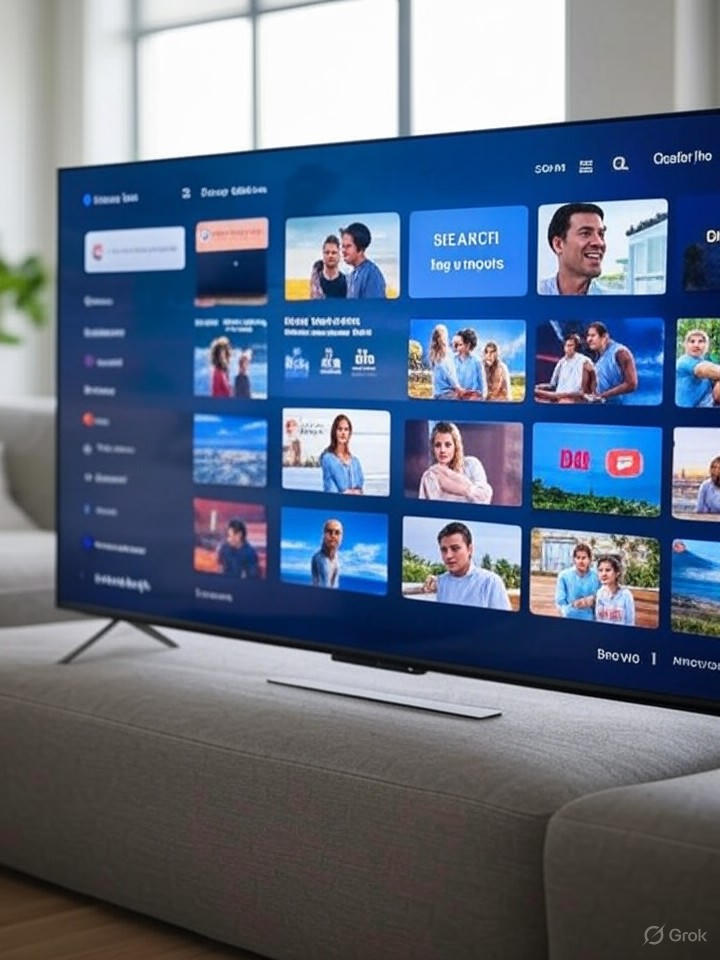In a surprising move that underscores the evolving dynamics of smart TV ecosystems, Sony has begun rolling out Android TV 14 updates to a wide array of its Bravia television models, breathing new life into devices that span several years. This development, detailed in a recent report from Android Authority, highlights Sony’s commitment to extending software support beyond typical lifecycles, potentially reshaping consumer expectations in the premium TV market.
The update integrates features from Google TV, enhancing user interfaces with personalized content recommendations and smoother navigation. Industry analysts note that this could help Sony maintain competitiveness against rivals like Samsung and LG, who have aggressively pushed their proprietary operating systems.
Unexpected Rollout and Model Coverage
What makes this rollout particularly noteworthy is its breadth: it encompasses models dating back to 2020, including popular lines like the X90J and A80K series. According to the Android Authority piece, eligible sets range from mid-tier LCDs to high-end OLEDs, ensuring that even older Bravia owners aren’t left behind in the software arms race.
This initiative aligns with Google’s broader push for Android TV 14, which was previewed earlier this year with promises of improved energy efficiency, picture-in-picture modes, and accessibility enhancements like better voice controls. Sony’s implementation appears to leverage these to optimize Bravia’s acclaimed picture processing technologies.
Technical Enhancements and User Benefits
Delving deeper, the update introduces key Google TV elements such as a revamped home screen with curated content discovery tabs, drawing from earlier iterations reported by What Hi-Fi? in 2021. For insiders, this means potential boosts in app performance and security patches, addressing vulnerabilities that have plagued older Android TV builds.
Moreover, the firmware includes bug fixes and feature improvements that could enhance integration with smart home ecosystems, a critical factor as TVs increasingly serve as hubs for IoT devices. Sony’s support pages, as referenced in various regional sites like Sony USA, emphasize the importance of these updates for maintaining optimal performance.
Implications for Industry Support Cycles
The timing of this update is intriguing, coming amid criticisms of Android TV’s sporadic update history, as highlighted in a 2022 Android Authority opinion piece on the platform’s reliability. By extending Android 14 to legacy models, Sony may be signaling a shift toward longer support windows, potentially pressuring competitors to follow suit.
For consumers and retailers, this translates to extended value from high-end purchases. Industry executives whisper that such moves could stabilize resale markets and reduce electronic waste, aligning with growing regulatory scrutiny on device longevity in Europe and beyond.
Update Process and Future Outlook
To install the update, Bravia owners can check via their TV’s settings menu or download manually from Sony’s official portals, a process outlined in guided support articles on Sony USA. While automatic over-the-air delivery is rolling out regionally, some users report staggered availability, suggesting a phased approach to avoid server overloads.
Looking ahead, this could pave the way for Android 16 on TVs, as teased in a What Hi-Fi? report earlier this year, indicating Google’s intent for biennial major updates. For Sony, it reinforces Bravia’s position as a premium choice, blending hardware prowess with evolving software, even as the battle for living room dominance intensifies.




 WebProNews is an iEntry Publication
WebProNews is an iEntry Publication